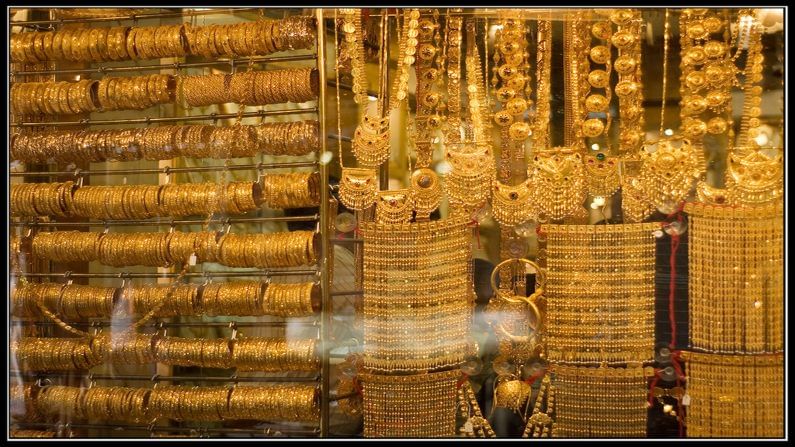Covid-19 impact: Loan against gold jewellery jumped 82% in FY21
This unlocking of extra value for gold pledged has further prompted a rush for gold loans, said jewellers

Confronted with job losses, wage cuts and ruined businesses, the common man has been pledging gold to tide over financial difficulties thrown at him by the raging pandemic, so much so that loans given by banks against gold jewellery has jumped 81.6% in FY21, show data compiled by Reserve Bank of India.
According to RBI data, the loans given against gold jewellery was Rs 33,303 crore at the end of FY19. The figure rose to Rs 60,464 crore at the end of FY21.
Relaxation
Pledging gold jewellery was on the rise after the lockdown was a few weeks old and people started losing jobs. To help the people in distress RBI relaxed norms of lending on August 6 last year.
Under the guidelines, loans sanctioned by banks against pledge of gold ornaments and jewellery could not exceed 75 per cent of the value of gold ornaments and jewellery.
With a view to mitigating the impact of the pandemic on households, RBI decided to increase the permissible loan to value ratio (LTV) for loans against pledge of gold ornaments and jewellery for non-agricultural purposes from 75% to 90%.
Extra value
This unlocking of extra value for gold pledged has further prompted a rush for gold loans, said jewellers.
An official of ICICI said banks have gone on an overdrive to sanction gold loans. “We offer instant gold loans and don’t ask for proof of income,” said the official who is not authorised to speak to the press.
Enquiries about loans against gold jewellery is rising, said an official of the State Bank of India, adding FY22 will also witness a jump in this category of advances.
With jobs becoming increasingly unpredictable, most banks are not too enthusiastic about extending personal loans due to NPA concerns.
Education loans
Education loans went down during FY21.
While the gross outstanding education loan till end FY20 was Rs 65,744 crore, the amount crept down to Rs 63,805 crore at the end of FY21.
Consumer durables
That the market of consumer durables suffered badly due to the change in consumer mood and consumer priorities was evident from a sharp drop in the loans given to fund consumer durables.
While the outstanding loans for consumer durables at the end of FY20 stood at Rs 9,299 crore, the amount dived to Rs 7,307 crore at the end of FY21, a dip of 21.4%, reveals the RBI database.
According to reports, the consumer durables sector is again suffering a dip in demand due to the second run of the infection.